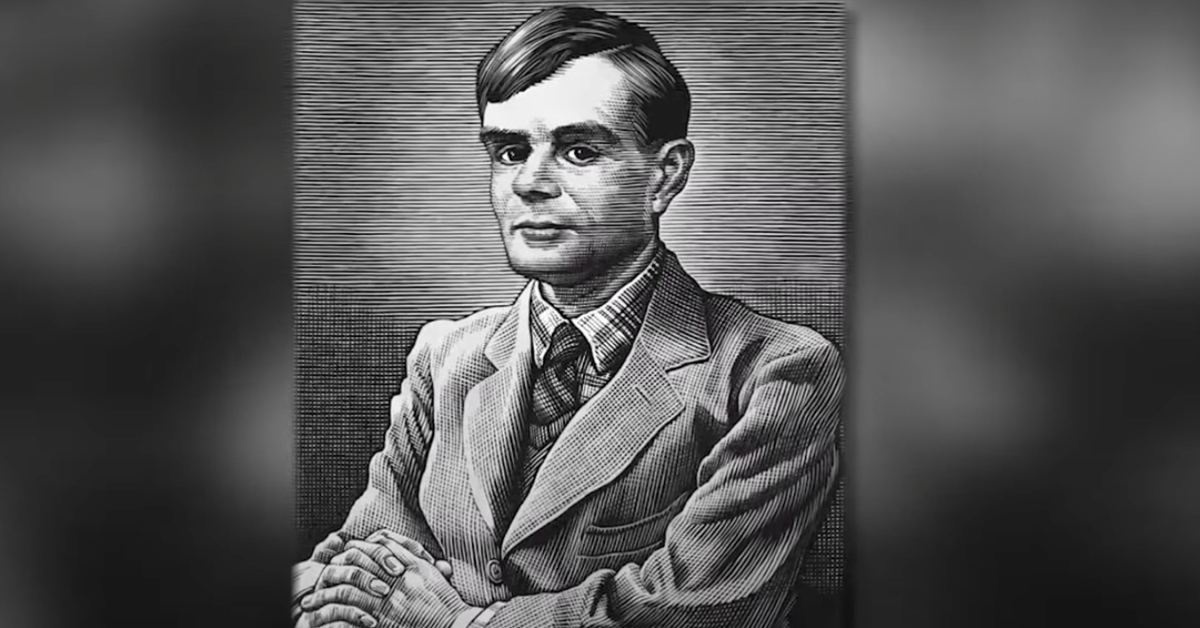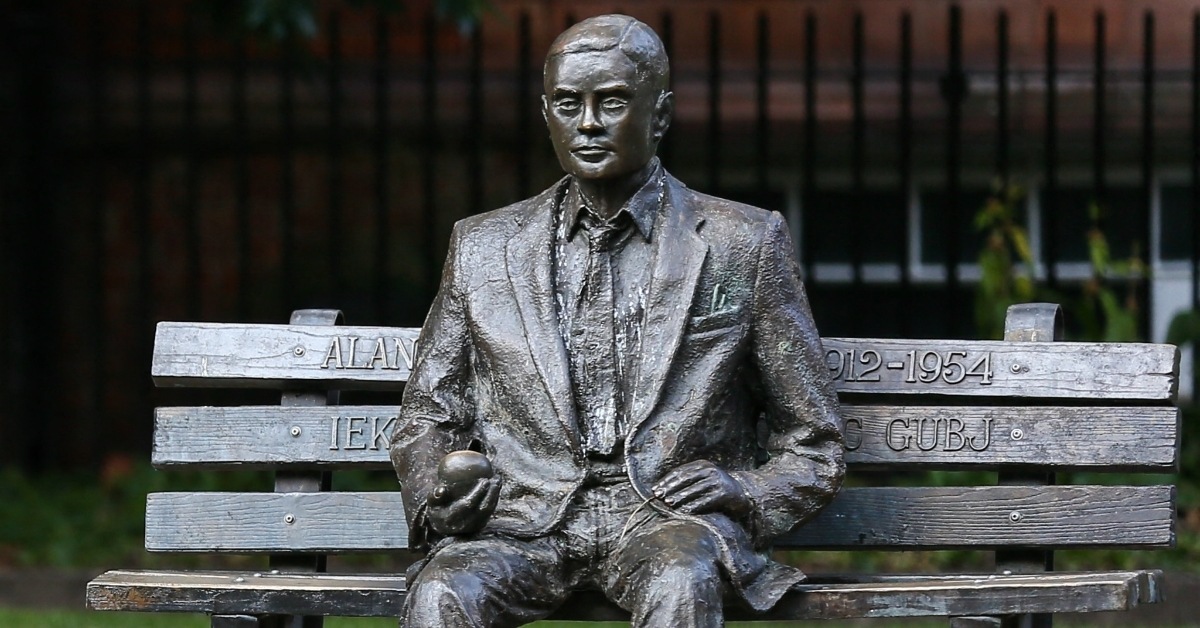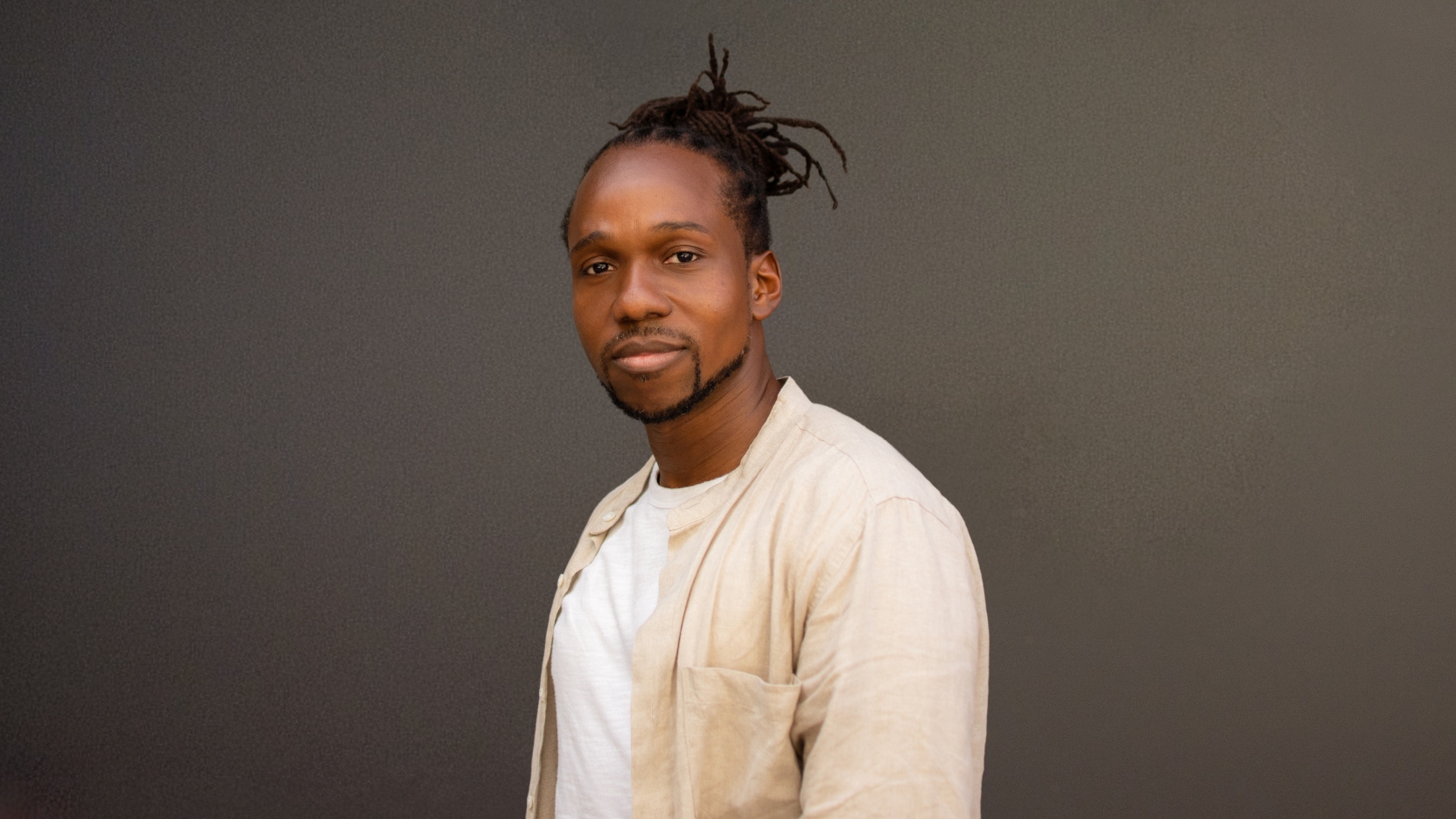How Alan Turing’s LGBTQIA+ Identity Shaped—and Shattered—His Life
Alan Turing wasn’t just some random name from your high school math textbook. The British mathematician, codebreaker, and computing pioneer didn’t just help crack Nazi Germany’s Enigma machine during World War II — he also helped crack open the future of computer science as we know it. Turing laid the groundwork for modern computer science. [...] Read More... from How Alan Turing’s LGBTQIA+ Identity Shaped—and Shattered—His Life The post How Alan Turing’s LGBTQIA+ Identity Shaped—and Shattered—His Life appeared first on LBS.


Alan Turing wasn’t just some random name from your high school math textbook. The British mathematician, codebreaker, and computing pioneer didn’t just help crack Nazi Germany’s Enigma machine during World War II — he also helped crack open the future of computer science as we know it.
Turing laid the groundwork for modern computer science. He developed what we now call the “Turing Machine,” a theoretical model that imagined a device capable of simulating any algorithm, per History. This concept became one of the founding principles of how we understand computation. During World War II, he turned theory into practice at Bletchley Park. He and his team built the “Bombe,” an electromechanical machine that cracked daily Enigma ciphers and decrypted thousands of German military messages. Many historians estimate that his work shortened the war by two years and saved millions of lives.
Still, there’s a part of his story that many history books glossed over for decades. Turing was a gay man living in a time when being queer was a criminal offense in the UK.
Alan Turing was criminalized simply for being gay.
In January 1952, Turing reported a burglary at his home—and in the process, admitted to a consensual relationship with another man, according to Britannica. The Crown charged him with “gross indecency,” a criminal offense under the Criminal Law Amendment Act 1885. Rather than face prison, he accepted a court-ordered regimen of estrogen injections or chemical castration.
His security clearance was also revoked, ending his official cryptographic work at the Government Code and Cypher School. In June 1954, Turing died from cyanide poisoning at age 41. While the verdict remains debated, some historians consider it suicide linked to the shame and isolation he endured.
However, some historians have proposed alternative theories. According to Britannica, Turing’s mental state seemed stable at the time. This has led some to believe his death may have been a tragic accident, caused by inhaling cyanide fumes from an experiment in his home. Some also considered the possibility of murder by the secret services, since Turing held extensive knowledge of cryptanalysis.
Alan Turing received a pardon years after his death.

Turing’s persecution shocked later generations. In 2009, UK Prime Minister Gordon Brown issued a public apology for “the appalling way he was treated,” per The Guardian. Then, in December 2013, Turing received a royal pardon from Queen Elizabeth.
“[Turing’s] later life was overshadowed by his conviction for homosexual activity, a sentence we would now consider unjust and discriminatory and which has now been repealed,” said Justice Minister Chris Grayling via BBC. “Turing deserves to be remembered and recognized for his fantastic contribution to the war effort and his legacy to science. A pardon from the Queen is a fitting tribute to an exceptional man.”
Finally, in 2017, Parliament passed the “Alan Turing Law” as part of the Policing and Crime Act. The law automatically pardoned thousands convicted under historic anti-LGBTQIA+ legislation. And as the push for full equality and acceptance continues, Turing’s story serves as a reminder that talent comes in all forms.
Why do you think so many history books left out Turing’s sexuality for so long? Comment below!
The post How Alan Turing’s LGBTQIA+ Identity Shaped—and Shattered—His Life appeared first on LBS.
Share
What's Your Reaction?
 Like
0
Like
0
 Dislike
0
Dislike
0
 Love
0
Love
0
 Funny
0
Funny
0
 Angry
0
Angry
0
 Sad
0
Sad
0
 Wow
0
Wow
0
![Sharon Osbourne Reveals She Wanted to Send Roger Waters Tiffany Box Full of Feces After Ozzy Criticism [Video]](https://www.lovebscott.com/wp-content/uploads/2025/12/6622cca99bab4f90907b31292d543a03_md.jpg-1.webp)

![The View, Marjorie Taylor Greene Slam Donald Trump’s Reaction to Rob Reiner’s Murder: ‘Have You No Shame?’ [Video]](https://www.lovebscott.com/wp-content/uploads/2025/12/17f5f0ec0d5f4646aec21c7aedd0cc2b_md.jpg.webp)














